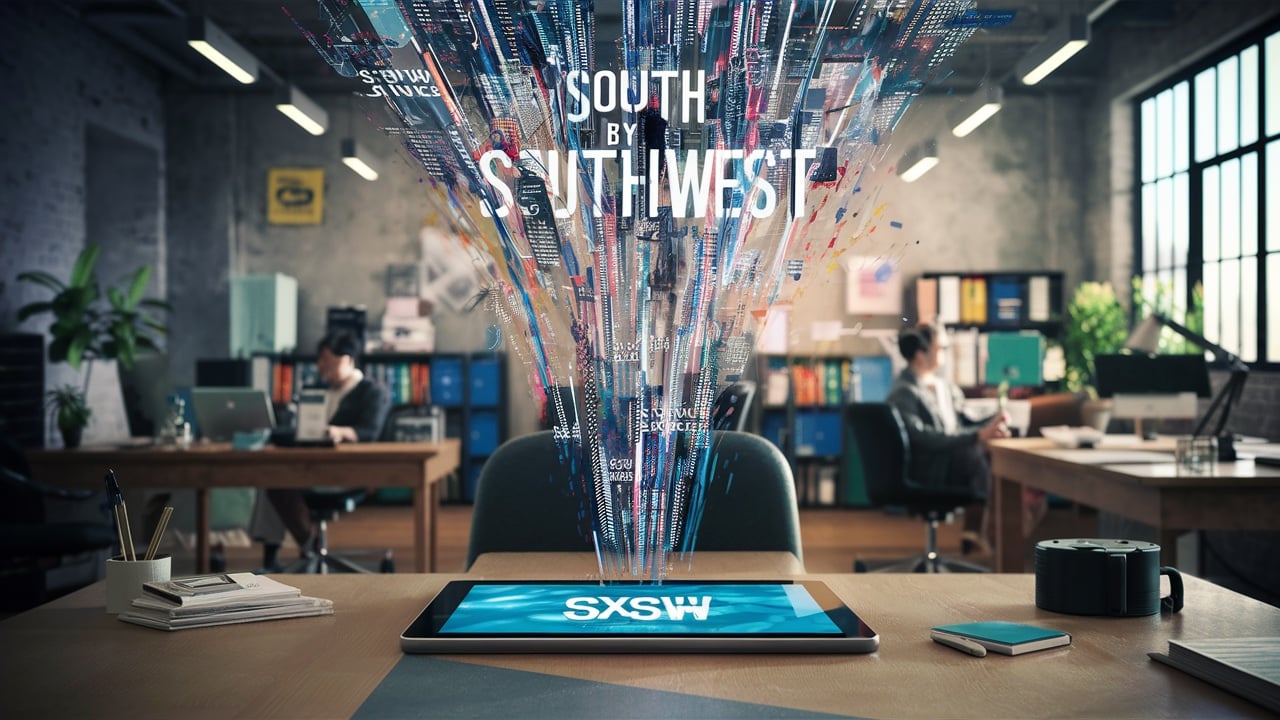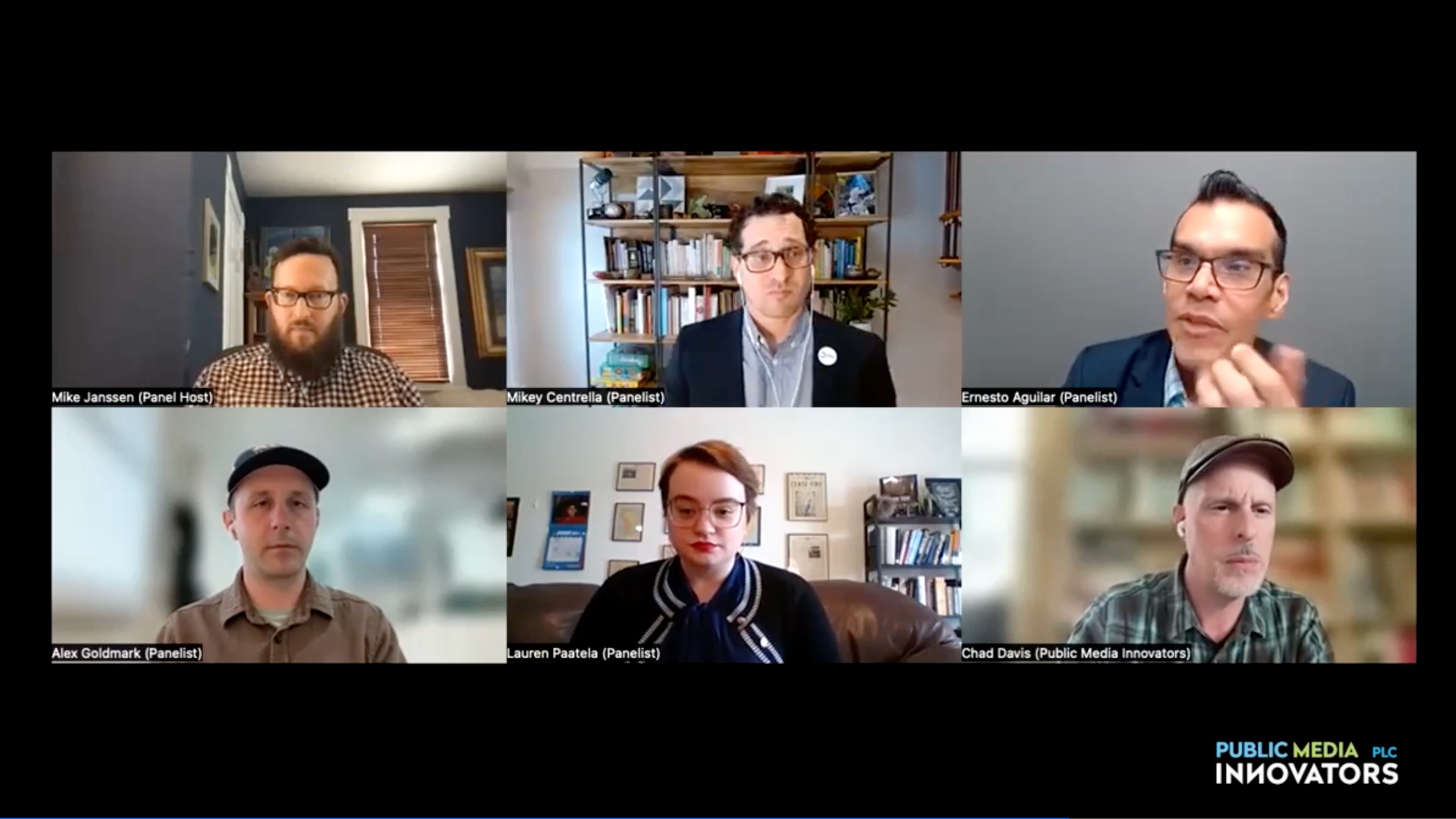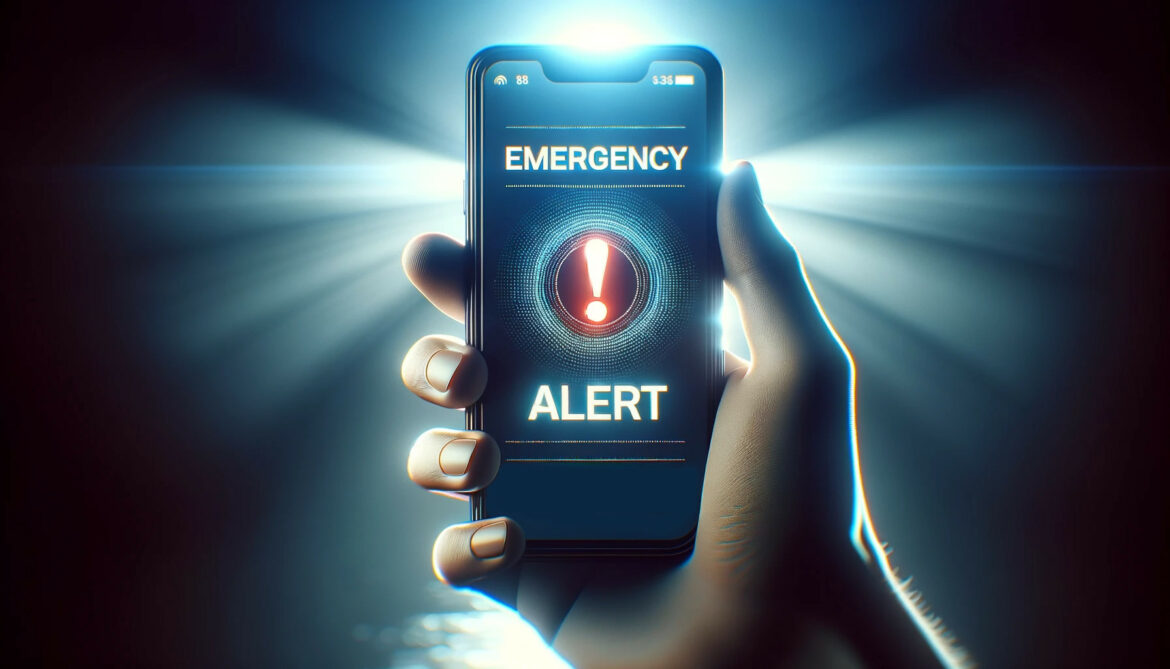Tech
Stations in Alabama, Texas and Alaska receive $1.3 million from Next Gen Warning System
Alabama Public Television, KLRN in San Antonio and KYUK in Bethel will use the funds to upgrade their technology for transmitting ...How public media can help shape ethical AI voice technology
Following the controversy over OpenAI's "Sky" voice, public media must aim to build tools that are imbued with cultural richness and represent ...Four more public media stations receive Next Generation Warning System funding
Two of the stations serve Indigenous audiences.How ChatGPT’s new model could transform podcasting and public media
ChatGPT-4o offers the potential for streamlined multilingual communication and audio analysis in the near future.How to prepare for a media landscape minus TikTok
It's reasonable to expect that government oversight will impact the apps you frequent sooner rather than later. Be as ready as you ...Signal Infrastructure Group acquires Sony’s share of Public Media Management, announces rebrand
SIG will rebrand itself to Media Management as part of the purchase.Innovation at SXSW: What public media should know
As a mirror on tech and society, the "spring break for nerds" offers takeaways relevant to the future of public media.AI in newsrooms: revolution or retooling?
Felix Simon argues that, for now, we’re witnessing more of a retooling of the news through AI rather than a fundamental change ...A journalist’s journey from analog roots in radio to the horizons of AI
"Our approach to integrating AI into journalism must be inclusive. It's crucial to engage with our communities, inviting their input and ensuring ...With help from ATSC 3.0, public media answers FCC’s call for partners in wireless emergency ...
PBS North Carolina and WHUT in Washington, D.C., among others, can leverage ATSC 3.0 technology to provide geotargeted emergency alerts.A user’s guide to AI image generators
New tools like DALL-E and Midjourney have their pros and cons. Our guide breaks them down for you and shows how each ...Shortage of engineers poses technical challenge for pubmedia stations
The challenges facing the future of broadcast engineering are multifaceted and require a comprehensive strategy to ensure the industry’s sustainability.Get tips on using generative AI to streamline workflows and boost creativity
The webinar “Innovate With Current: A Live Users' Guide to Generative AI Tools” dove into the heart of how people in public ...The playground of possibilities: A guide to generative AI for public media
Whether you're a seasoned generative AI user, gAI-curious or simply someone who wants to peek into tools that may influence tomorrow’s public ...Inaugural Next Generation Warning System grants prioritize expansion to underserved communities
Florida’s IRSC Public Media and Mississippi Public Broadcasting will expand or improve their capacity to deliver emergency messages to at-risk communities.
















